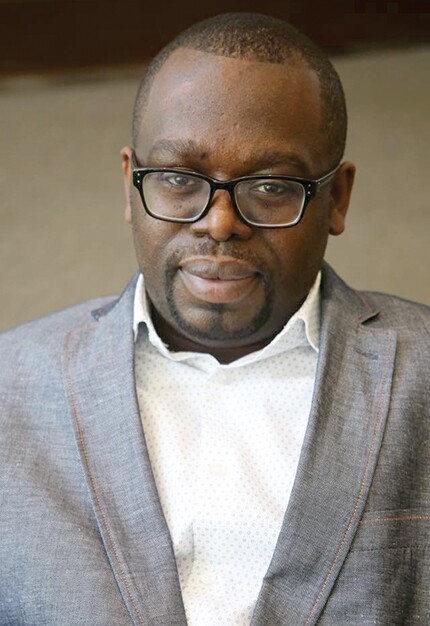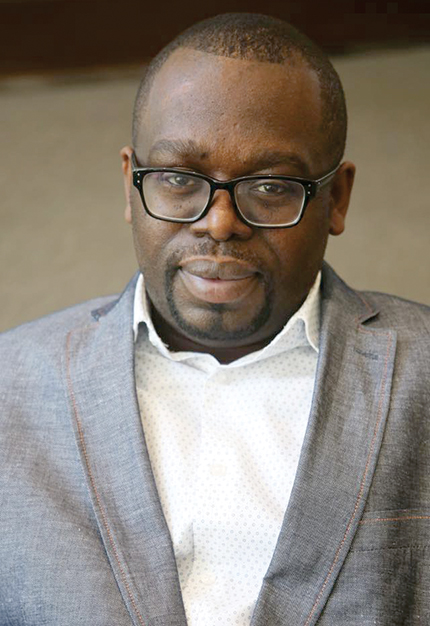Commentary: It’s the 21st century. Why are scientists still writing books?
DOI: 10.1063/PT.3.3802
For at least one week in September 2017, Neil deGrasse Tyson’s Astrophysics for People in a Hurry (2017) was the top-selling book on Amazon and one of the most read e-books on the Amazon Kindle. And in 2016 geobiologist Hope Jahren’s Lab Girl (2016) was not only selling well, it was also racking up awards, including the National Book Critics Circle Award for Autobiography.
That they and other working scientists even attempt to write books may seem a bit surprising, given the typical scientist’s workload. Between teaching, conducting research, writing papers and countless grant proposals, mentoring students and postdocs, and giving talks at conferences, what little time remains might well be spent trying to avoid burnout (see Luigi Delle Site’s Commentary, “Surviving scientist burnout,” Physics Today, September 2017, page 10
As any book publisher can attest, scientists often balk at the opportunity to write a nonfiction book, be it a trade book for a general readership, a textbook, or even a professional monograph. In my role as acquisitions editor for the MIT Press, I once heard from a senior physicist who told me that “books seem to be so 20th century.”
Yet scientists in the 21st century are still writing books about science, and people are still buying and reading them. Those scientist authors, I believe, are aware that the demand is increasing and that the internet, social media, and mobile devices can be an opportunity for, not an impediment to, book promotion and sales.
A recent Pew Research Center survey, Book Reading 2016, found that nearly three in four Americans read at least one book a year; that fraction has remained essentially unchanged since 2012. And when people reach for a book, it is still much more likely to be a traditional print copy than a digital product, according to the Pew survey. For all the complaints about their volume, weight, and high cost, textbooks aren’t going away either. Many physics students continue to prefer paper textbooks over their electronic versions (see Physics Today, August 2017, page 30

Jermey Matthews, author of this commentary, is an acquisitions editor at the MIT Press in Cambridge, Massachusetts, and former Books editor at Physics Today.

Nonfiction books are an important source for acquiring any appreciable depth of knowledge. The value of textbooks is fairly evident: They are a useful guide to both lecturers and students and a handy reference for researchers and other professionals. Eventually, perhaps, textbooks may evolve into something that needn’t be printed. The 21st-century textbook may be a bundle containing text, audio, video, and possibly virtual reality. But even then, those things, whatever we end up calling them, will still need authors.
In the arena of science-based trade books, Tyson’s and Jahren’s are not the only examples of success. Books by physicists Lisa Randall, Lawrence Krauss, Sean Carroll, and, of course, Stephen Hawking have also attracted broad readerships. Moreover, some lecturers have observed that trade science publications are valuable as accessible and engaging textbook alternatives or supplements in the classroom (see, for example, Joseph Ribaudo’s Commentary, “How killer black holes saved astronomy,” Physics Today, July 2017, page 10
Scientists who want to have a broad impact on students or on the public have at their disposal many 21st-century tools to engage with their potential audiences. Thousands tune in to science outreach coordinator Dianna Cowern’s YouTube channel, Physics Girl
Even so, books remain an important medium in the stream of science knowledge. In fact, social media gives aspiring authors an opportunity to engage with potential readers, test out ideas, validate passages, and learn new information. No doubt a nontrivial percentage of Tyson’s social media fans—more than 10 million on Twitter alone—have contributed to the high sales of Astrophysics for People in a Hurry. He dedicated the book to people “who are too busy to read fat books yet nonetheless seek a conduit to the cosmos.” That such an audience exists is something he could have picked up from his Twitter fans.
Any scientist who has done public outreach—be it an article for a newspaper or magazine, a public lecture, or an interview for TV, radio, or podcast—may already have unwittingly drafted the core of a trade book. Carlo Rovelli’s popular Seven Brief Lessons on Physics (2016) is based on essays he wrote for an Italian newspaper. And theoretical physicist Clifford Johnson has presented the essence of his experiences in explaining science to the public, including as a science consultant for blockbuster Hollywood movies, in his new book, The Dialogues: Conversations About the Nature of the Universe (2017), a graphic novel that he also illustrated.
Scientists thinking about authorship should have a clear idea why they want to write a book before making the commitment. It’s true that writing a book can be time consuming. But for those who commit to the task for reasons that resonate with their core values and goals, the rewards can be immeasurable.
And for scientists who are almost ready to make the commitment, theoretical physicist and prolific author Steven Weinberg offers additional purpose. In his 3 April 2015 Guardian article “The 13 best science books for the general reader,” Weinberg extolls the virtues of authors who “have done much to make science what some scientists have always hoped it would be: a part of the culture of our times.”
More about the Authors
Jermey N. A. Matthews. (jnamatt@mit.edu) MIT Press, Cambridge, Massachusetts.
